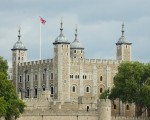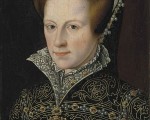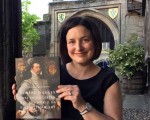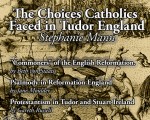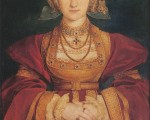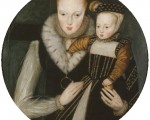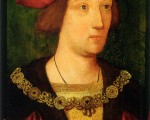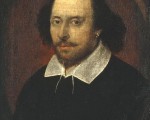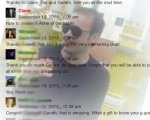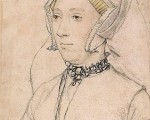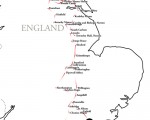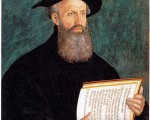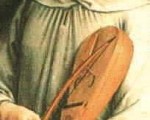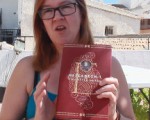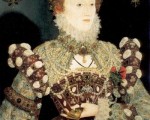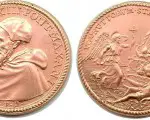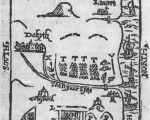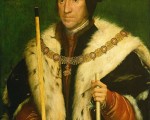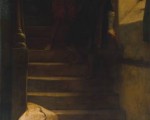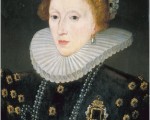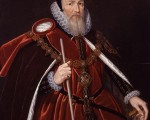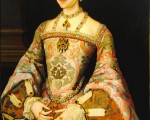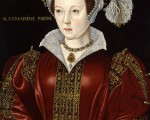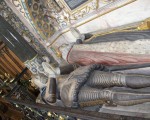Gloriana, Elizabeth I, is the famous Virgin Queen of England. She never took a husband. Much speculation has swirled around Elizabeth’s decision to remain single. Several tragic, if not traumatic, events are cited as reasons why Elizabeth chose not to marry.
Elizabeth was born on 7 September 1533. On 19 May 1536, when Elizabeth was not quite three years of age, her mother, Anne Boleyn, was beheaded by order of her father. Elizabeth, a precocious child, asked following the fall of her mother, “how haps it governor, yesterday my Lady Princess, today but my Lady Elizabeth?”. Elizabeth’s first step-mother, Jane Seymour, died of puerperal fever in 1537 only days after giving birth to Elizabeth’s little half-brother. Elizabeth was four years old. Katherine Howard, a cousin of Elizabeth’s on her mother’s side and Elizabeth’s third step-mother, was beheaded for high treason for her “dissolute life previous to her marriage” in February 1542. Elizabeth was eight years old.
[Read More...]
